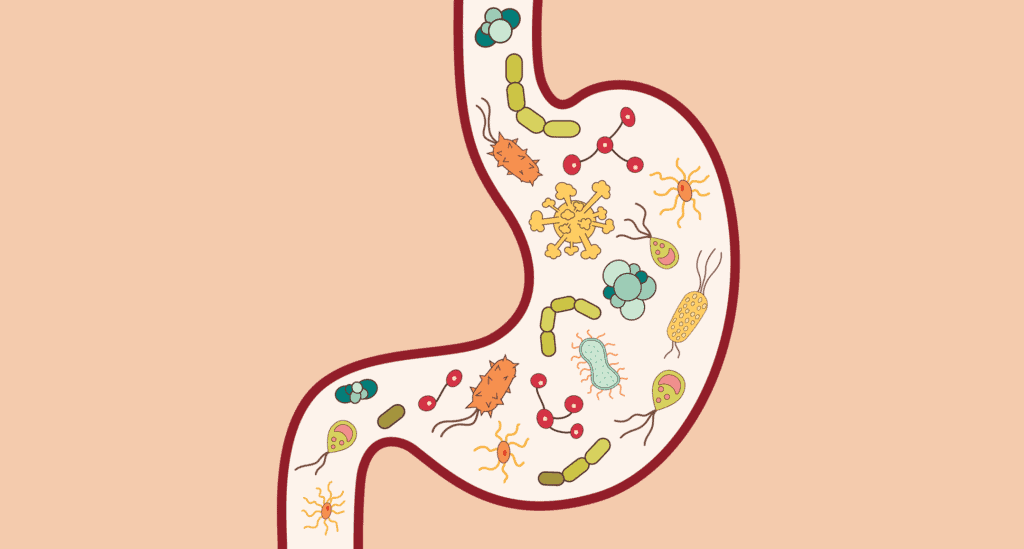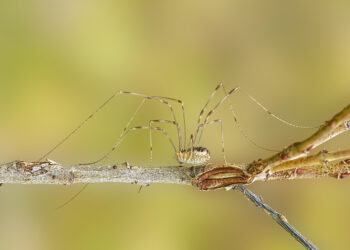
Humans are, in fact, mostly microbes. There are over 100 trillion microbes living inside the human body, which outnumber our human cells ten to one. Most of these microbes live inside the gut, particularly in the large intestine, and are collectively known as the ‘microbiome’. According to a new study, the microbiome may have played a critical role in our ancestors’ quest to spread across the world, allowing them to survive in new geographical areas.
“In this paper, we begin to consider what the microbiomes of our ancestors might have been like and how they might have changed,” Rob Dunn of the North Carolina State University and lead author of the new study said in a statement. “Such changes aren’t always bad and yet medicine, diet, and much else makes more sense in light of a better understanding of the microbes that were part of the daily lives of our ancestors.”
Dunn and colleagues analyzed data gathered by other studies, comparing the microbiota among humans, apes, and other non-human primates.
The bacteria in the microbiome help digest our food, regulate our immune system, protect against other bacteria that cause disease, and produce vitamins including B vitamins B12, thiamine and riboflavin, and Vitamin K, which is needed for blood coagulation. It was only in the late-1990s that the existence of the microbiome was generally recognized.
The new study’s results suggest an extraordinary variation in the composition and function of human gut microbes depending on a person’s lifestyle and geographical location. It would mean that our gut microbes have had to adapt to new environmental conditions and likely did so quickly.
When our ancestors migrated to a new region, they not only encountered novel climates and habitats, but also new kinds of foods and diseases.
By having an adaptive microbiome, these ancestors could digest novel foods that they encountered in a local region while also increasing their resilience against new diseases.
As such, the authors concluded in the journal Frontiers in Ecology and Evolution that microbial adaptation might have been critical to facilitating the spread of humans in a range of environments.
Such microbial adaptations were easily transmitted from human to human thanks to the tight-knit social structure. Yet, our ancestors not only shared microbes among themselves, but they also outsourced them into food through fermentation.
By fermenting food, human ancestors virtually extended their guts outside of their bodies as microbes allowed digestion to begin externally.
Fermentation allowed humans to store food for long periods of time and stay in one place, facilitating larger communities. Fermented foodstuff also re-inoculated the consumers, ensuring that in time their microbiota became more similar to each other compared to individuals living in other groups. So, in many ways, the story of human evolution is very much intertwined with that of microbes.
“We outsourced our body microbes into our foods. That could well be the most important tool we ever invented. But it is a hard tool to see in the past and so we don’t talk about it much,” says Dunn. Stone artifacts preserve but fish or beer fermented in a hole in the ground doesn’t.
The authors caution that their hypothesis needs to be validated by further studies, preferably performed by an interdisciplinary team made of paleoanthropologists, medical researchers, ecologists and more.
“We are hoping the findings will change some questions and that other researchers will study the consequences of changes in the human microbiome,” says Dunn. “Hopefully the next decade will see more focus on microbes in our past and less on sharp rocks.”






